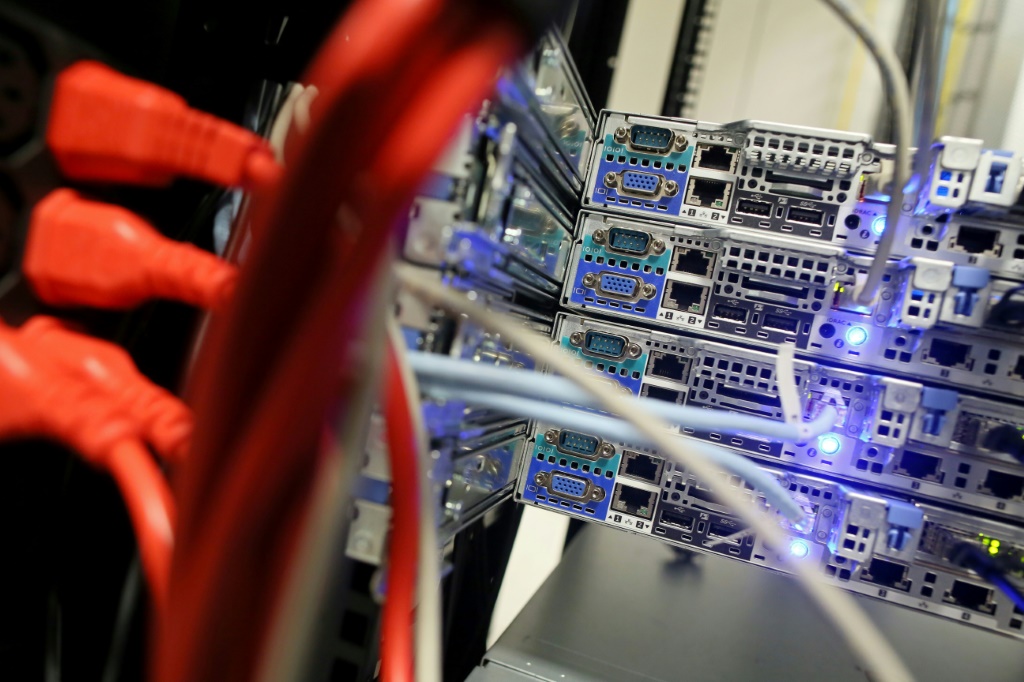Innovative technologies for fighting online fraud

Image: © AFP
Fraud is becoming increasingly complex, and businesses must adapt quickly to protect their interests. In 2023, for example, fraud losses exceeded $10 billion in the U.S. (as per the Federal Trade Commission), highlighting the urgent need for effective detection solutions.
Partisia has identified the 2024 top seven innovations in fraud detection that help organizations fight fraud and protect their customers. “Fraud detection remains one of the foreboding challenges for both businesses and consumers,” Kurt Nielsen, CEO of Partisia tells Digital Journal.
The seven innovations in fraud detection are:
- Multiparty Computation (MPC)
“By using multiparty computation technology, it is possible to enable data sharing across different banks in a massive, secure network, preserving individual identities,” says Nielsen.
This keeps personal identities safe while giving a complete view of fraud patterns. This teamwork reduces the risk of data leaks and improves the chances of detecting fraud.
- Artificial Intelligence and Machine Learning
AI and machine learning are changing how fraud is detected. These systems can learn from past data and recognize patterns that suggest fraud.
Analyzing large amounts of data quickly provides useful insights to help stop fraud before it happens. Companies using these technologies often see better results in catching fraud.
- Behavioural Analytics
Behavioural analytics tools watch how users act to create a normal behaviour profile. This way, any unusual activity can be flagged as suspicious. For example, if someone usually logs in from one location but suddenly tries to access their account from another country, the system can ask for extra verification. This method helps catch fraud by focusing on user behaviour.
- Blockchain Technology
Blockchain technology provides a secure and clear record of transactions. By using blockchain, companies can track transactions in real time, making it hard for fraudsters to change transaction history. This technology not only increases security but also builds trust among customers.
- Natural Language Processing (NLP)
Natural language processing can examine messages and emails to spot possible fraud schemes. By looking for unusual phrases or patterns in text, NLP can identify communications that may need further investigation. This approach is effective in finding social engineering scams and helps organizations tackle these threats head-on, as per the SAS Institute.
- Real-Time Monitoring
Real-time monitoring tools keep an eye on transactions and user activities all the time. These systems use advanced algorithms to analyse transactions as they happen, allowing for immediate alerts when something suspicious is detected. By using these tools, businesses can improve their operations while reducing fraud risks.
- Biometric Authentication
Biometric methods, like fingerprint and facial recognition, add an extra layer of security in detecting fraud. By requiring biometric checks, companies can make sure that the person making a transaction is who they say they are. This significantly lowers the chances of unauthorized access and boosts overall safety.
Hence, Nielsen thinks: “Investing in the most advanced fraud detection technologies not only safeguards assets but also reinforces trust with clients and partners.”
Innovative technologies for fighting online fraud
#Innovative #technologies #fighting #online #fraud





